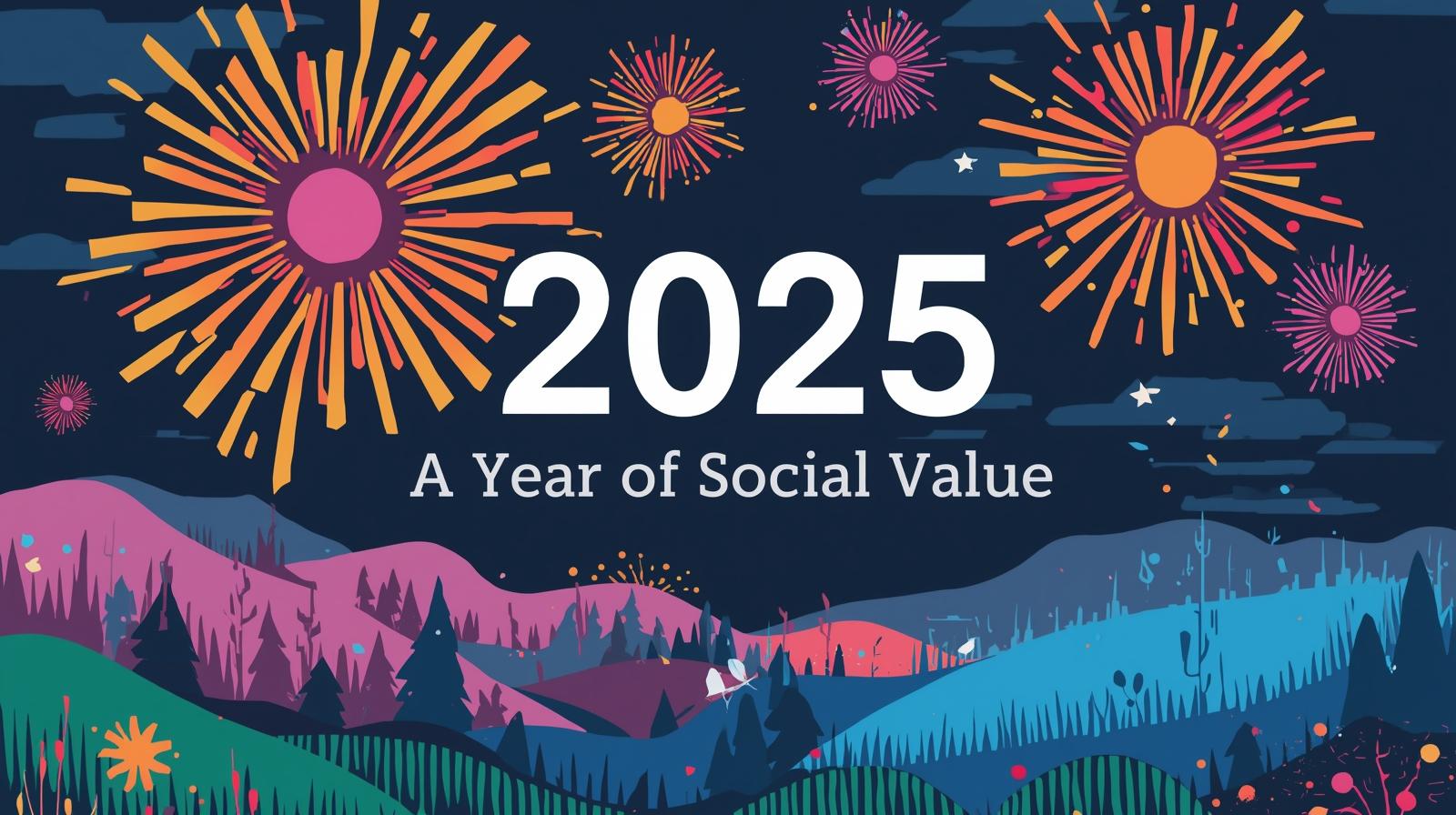Reading the news today can feel daunting. Reports regularly underline the harsh economic realities currently facing the UK, with experts describing this period as a “harrowing year” marked by significant financial pressures from rising taxes and increased tariffs (The Times).
Charities are being forced to rethink their traditional approaches amid stark warnings from organisations like the NCVO, essential services such as children’s social care are nearing breaking points, and prominent charities, are closing branches or ceasing operations altogether. Across sectors, the tightening of budgets is increasingly evident in shrinking job markets, reduced services, and escalating community demands.
In a strained economy, every pound carries more weight — and more risk. Yet too often, decisions about funding and service delivery are made with an incomplete understanding of value. When public services or VCSEs invest in programmes without structured insight into what really matters to the people they serve, the results can be not just ineffective, but actively harmful. Resources are spent, time is lost, and trust is eroded.
Rethinking value when resources are scarce
What we don’t often say out loud is this: assumption is the enemy of impact. Many organisations assume their mission aligns with stakeholder priorities. But when budgets are tight and needs are complex, those assumptions need testing. Social value measurement isn’t a nice-to-have reporting tool. It’s the mechanism that keeps our work grounded. It tells us if we’re investing in dignity, opportunity, and wellbeing — or just maintaining the status quo.
And here’s a more difficult truth: sometimes our existing services no longer deliver value because the context has changed. If we’re not measuring social value dynamically, we’re flying blind. We risk pouring money into services that are no longer relevant, while the real need evolves elsewhere.
These questions underscore the significance of smaller, targeted initiatives. Although modest individually, collectively these grassroots projects have the power to foster resilience and drive profound societal changes. But to unlock that potential, we need to understand what communities actually value. That means engaging early, listening carefully, and collaborating meaningfully with the people and partners closest to the challenge. Social value measurement through stakeholder engagement gives us the ability to track, adapt, and evolve in step with what people truly need.
For public sector bodies, rigorous social value measurement provides transparency and accountability essential during fiscal scrutiny and resource constraints. Demonstrating tangible impacts builds public trust and secures sustained support.
For VCSE organisations, effectively communicating genuine social impact bolsters credibility among funders and partners, significantly enhancing their resilience and sustainability amid financial instability.
At a time when every decision counts, the discipline of measuring social value offers clarity. It helps identify what’s working, what isn’t, and where small changes can deliver outsized returns for society. It prevents organisations from simply doing what they’ve always done, and instead encourages them to ask: Are we investing in the right things? Are we responding to the right needs? Are we truly making a difference?
One question we rarely ask, but should: What are we willing to stop doing, if the value is no longer there? Measuring social value gives us the evidence to make that decision with confidence.
Social value as a compass for learning
The role of social value and impact measurement is not to prove that organisations are doing enough, but to help them learn, adapt, and improve. In that sense, it is as much a compass as it is a calculator. It guides strategy, sharpens focus, and ensures that even in times of scarcity, investments are grounded in the realities and aspirations of the communities they’re intended to support.
Ultimately, effective social value measurement is a form of strategic intelligence. Clearly understanding, quantifying, and articulating the genuine impact of their work ensures every pound invested contributes meaningfully towards resilient, empowered, and thriving communities.


